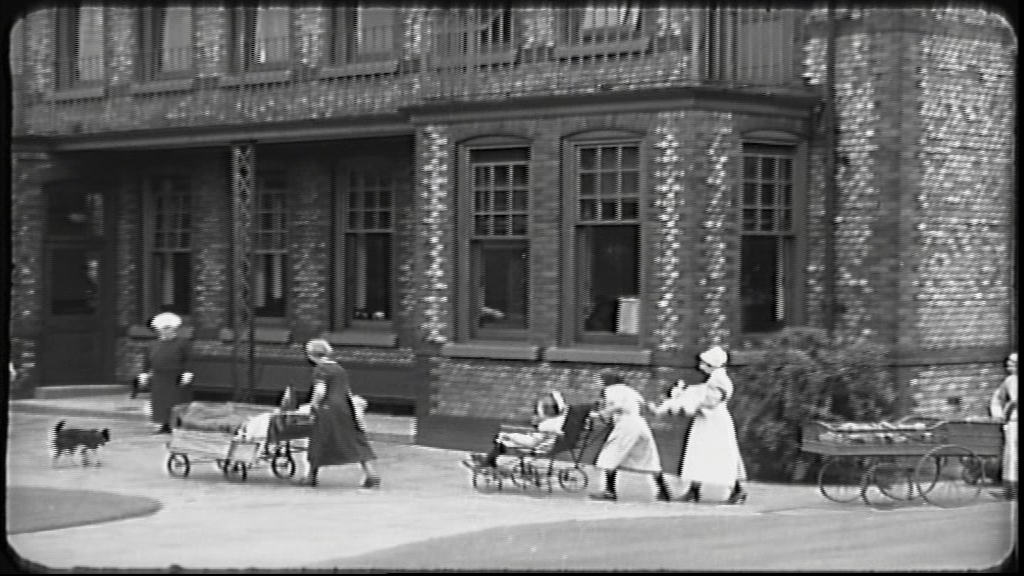Aviation and a artificial limb
The delight in family history enquiries, apart from providing researchers with information about their ancestors, is the new wealth of information it can provide us about the charity and social work through the years. This can range from services we provided that were previously unknown, to the various people and companies who we were associated with. An enquiry the other day linked the charity in a roundabout way to the world of aviation.
 |
| Bethesda Home, George Street, 1930s |
The Bethesda home on Cheetham Hill, Manchester, provided medical treatment to children whose parents were otherwise unable to afford it (these were in the days before 1948 when the creation of the NHS made medical treatment largely free). Treatment, care and equipment were all provided. An applicant to the home in the 1930s, suffering from talipes (club foot) was provided with a Desoutter artificial limb after the condition resulted in the need for amputation. The Desoutter artificial limb was created just before the First World War by the Desoutter brothers, Marcel and Charles. Marcel was an early aviator being awarded his aviator certificate in 1912 (these were first issued in 1910 after the Wright brothers invented the aeroplane in 1903). In 1913 however his plane crashed at Hendon Aerodrome resulting in the amputation of one of his legs.
 |
| Desoutter Brothers Limited |
Although initially fitted with a standard wooden leg Charles used his knowledge of aircraft materials to design a new jointed duralumin alloy leg of half the weight, which allowed Marcel to be able to return to flying. The success of this invention and demand for lightweight limbs led to the brothers setting up Desoutter Brothers Limited to manufacture the prosthetics at the end of the year. Although expensive they were considered far superior to the wooden legs of old and the company was held in high regard.
 |
|
Estimate for Desoutter Light Metal Artificial Limb
|
It was not just a roof the charity provided!

Comments
Post a Comment
Like to know more about a certain home or period in the Together Trust's history? Why not comment and let us know.
If you have a personal or more specific enquiry please see our 'Contact Us' section at the top of this page to get in touch via email.